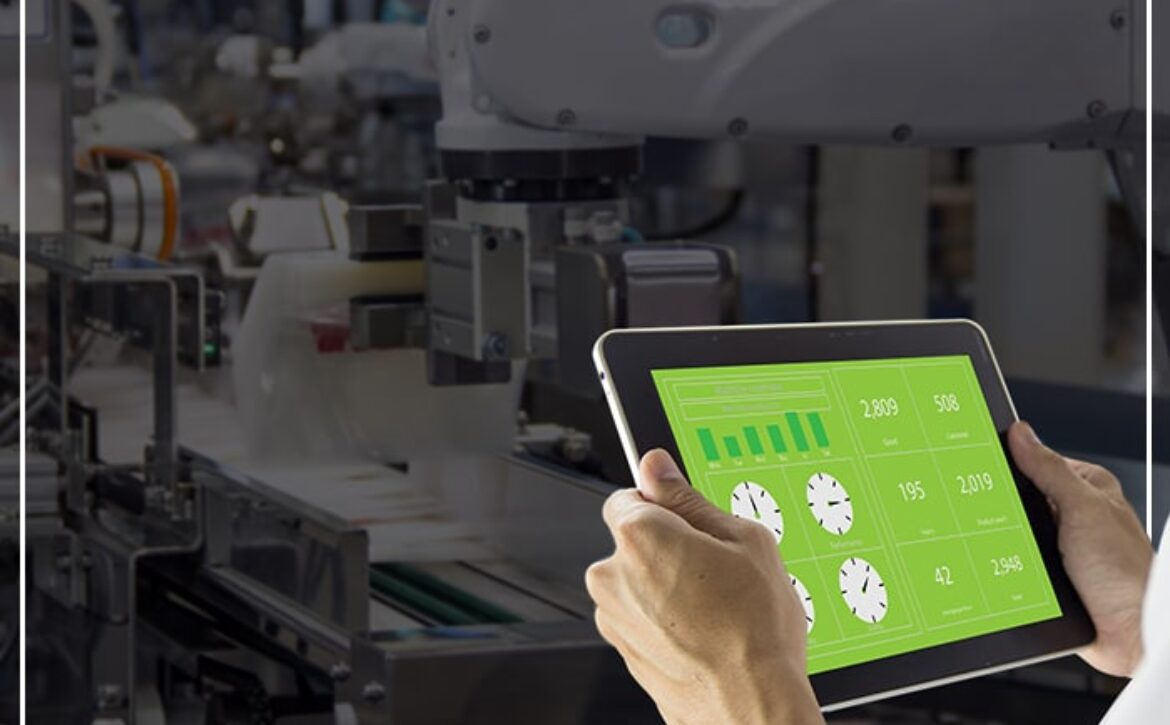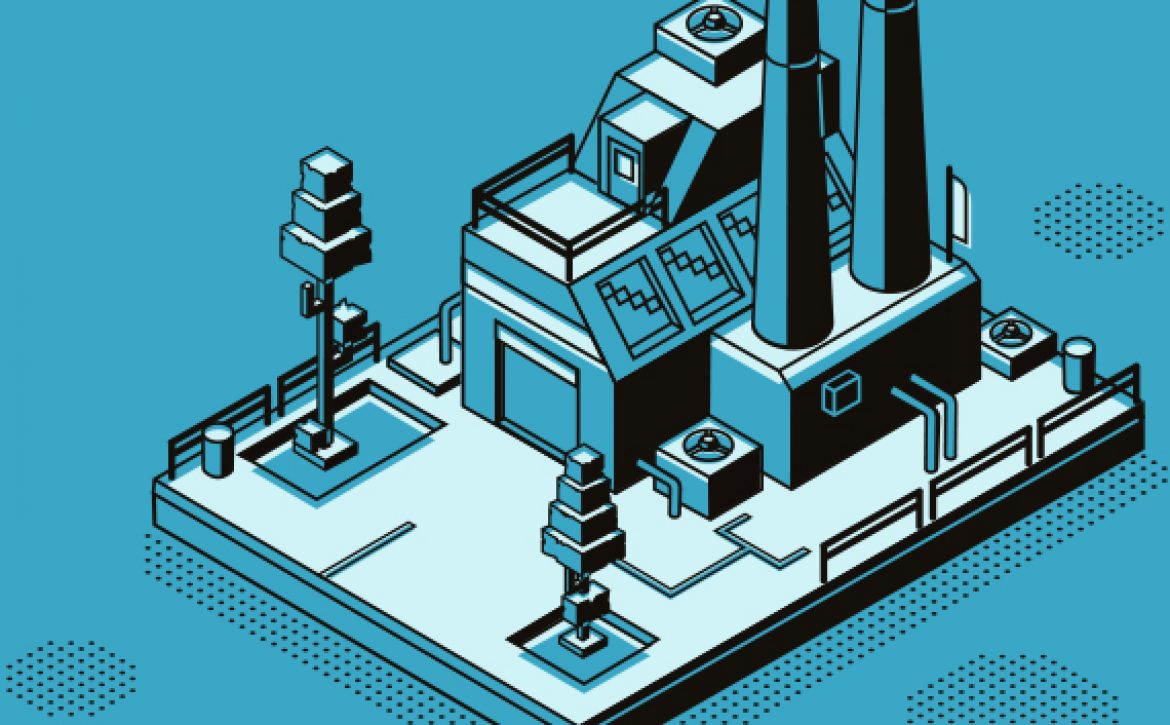RPA: Learn about the benefits and how to implement it in your organization
The rapid evolution of technology has brought to market tools such as RPA (Robotic Process Automation). Thus, the use of Artificial Intelligence and Machine Learning, for example, provided a major technological revolution in industry and other business areas.
However, when we talk about RPA we do not just deal with complex processes. Even simple tasks, such as automatic email responses, are part of the scope of this technology and that’s why it’s so important for many businesses. Through automation, companies can expand their production and reduce operating costs.
So if you want to know more about RPA and how it can contribute to your business, follow the article!
RPA: Learn more about this technology
The use of RPA is based on the concept of productivity and cost reduction through process automation. With this, it is possible to reduce or eliminate the need for human intervention, especially in repetitive tasks in which less complex systems of traditional automation are not able to act.
Through the use of software – which may or may not use Artificial Intelligence – these tasks are even performed with greater precision and speed. As a result, companies that invest in this type of technology experience added value to the business.
In addition, there is the possibility of taking advantage of the best employees in essential activities and who still depend on human labor to be carried out properly.
How does the RPA engine work?
The RPA system works through software capable of “copying” and repeating user actions. In this way, the system can integrate and interact in various activities and processes, but the implementation of this tool should focus on repetitive tasks and large volume of scale.
Because of the adaptability and flexibility of the RPA in varied situations and automatically, this technology acts as a “robot”, without intervention of people, and can be implemented in the performance of the following activities:
- customer service platforms;
- payment and collection systems;
- online order processing;
- updating of customer and employee registrations;
- curriculum management in HR;
- identification of ghost accounts and fraud;
- preparation and reporting;
- monitoring of automated tasks.
Therefore, RPA can be implemented in several business areas, be it commerce, industry or services, and in different sectors within the same company.
The benefits of RPA for your business
Among the main benefits of RPA are reducing operating costs and minimizing errors in processes. According to experts, the return on investment (ROI) can vary between 30% and 300% in the first year of use of the technology alone.
Because it is a flexible and scalable technology, the RPA system contributes to increase the levels of security and reliability, raising the level of your business.
The following are some of the benefits rpa can bring to your business:
Resource savings
With robotic process automation, operating costs are reduced, especially as the need for manpower decreases.
Improvement in corporate processes
RPA allows you to add or change processes as new needs arise, improving operation and reducing the risk of failures.
Readjustment of labor
Robotization enables the readjustment of labor resources so that they are dedicated to functions of greater value. Thus, by transferring simple tasks to an automated system, employees can focus on customer needs and solving more complex business issues.
Increased company productivity
From the RPA implementation you can do more in less time. Thus, with fewer manual processes the chance of error is lower, and productivity becomes high, including the possibility of expanding the virtual workforce quickly and easily.
More quality in the products and services provided
With standardized and consistent processes, it is possible to increase compliance and, consequently, have more quality in the products or services provided.
Improved customer service
With automation, you can make the customer journey more satisfying as the service takes place more efficiently.
Increased internal evaluation capacity
RPA records all steps and builds a history that can be used to evaluate operational indicators. Through periodic reports, it is possible to identify management problems and correct possible failures and productive bottlenecks.
Learn what’s essential to applying RPA in your business
Unlike what you might think, implementing an RPA is quite simple and fast. On most platforms, the client itself can make the basic configuration of workflows, requiring internet connectivity, login and password.
However, to start the implementation, the first step is to identify which processes will be automated, but that need a humanized nuance. After all, the great differential that this system has is the ability to resemble the human workforce.
In this sense, there are numerous tasks that can aggregate the RPA: from simply sending automatic emails to using bots with specific functions.
From this identification comes the choice of the most appropriate supplier, from a series of criteria such as:
- ease in database upload;
- workflows with high visibility;
- possibility of customization according to the needs of the business / company;
- crm use of suppliers and customers;
- facilitated internal communication;
- varied automation possibilities.
After choosing the company responsible for the software, come the implementation phase itself, followed by data management.
It is important to always choose a supplier that offers training to the professionals and teams responsible, onboarding support (face-to-face or online) and tutorials.
After the start of the operation, it is essential to determine a period in which a sufficient amount of data is produced to generate visibility and enable the evaluation of the operation of the system. This is because, over time, RPA tends to improve data analysis from algorithms.
Now that you know RPA and how it can be useful to your business, how about knowing a little more about Nalbatech solutions?
see how we can assist your company in the area of innovation.











